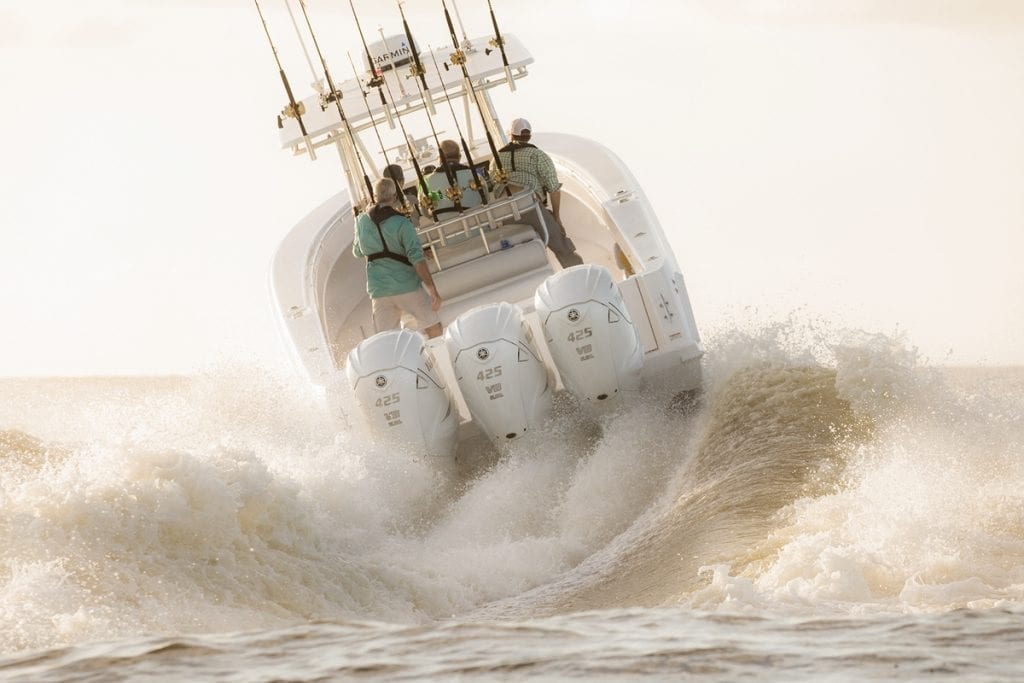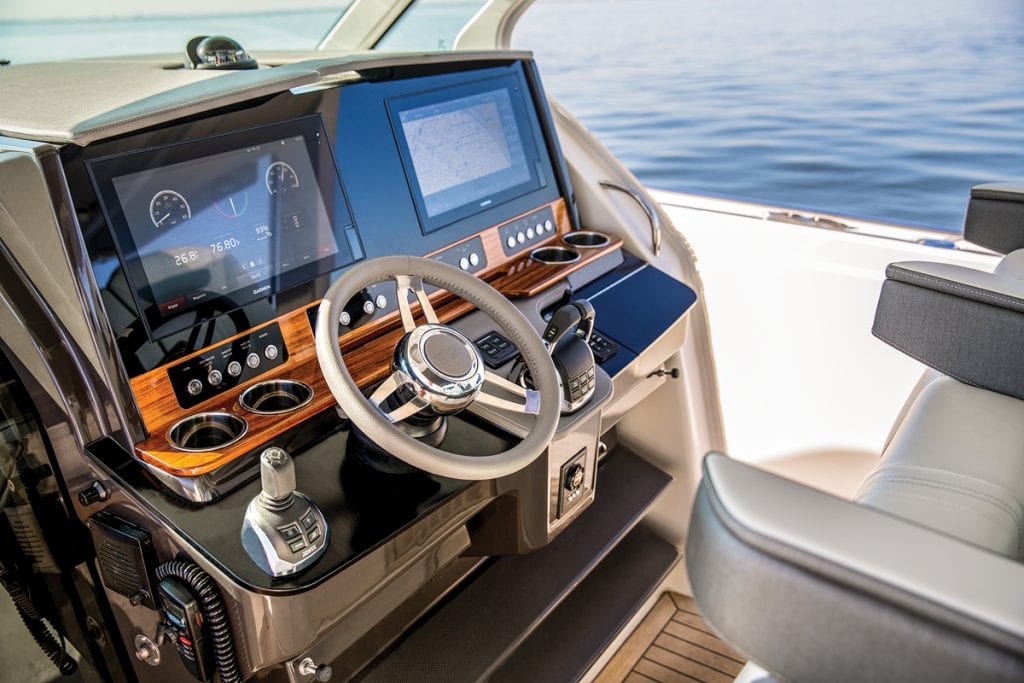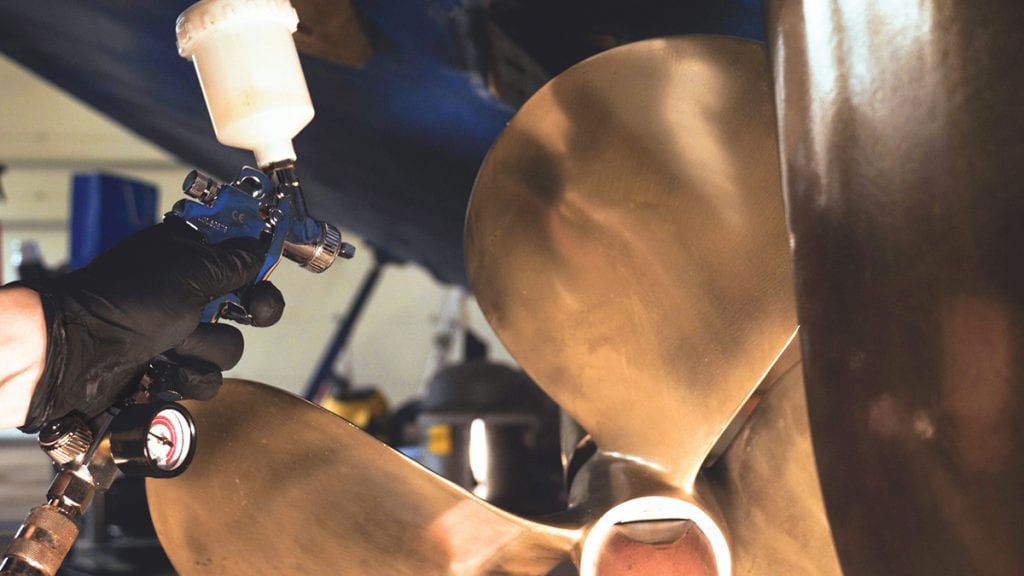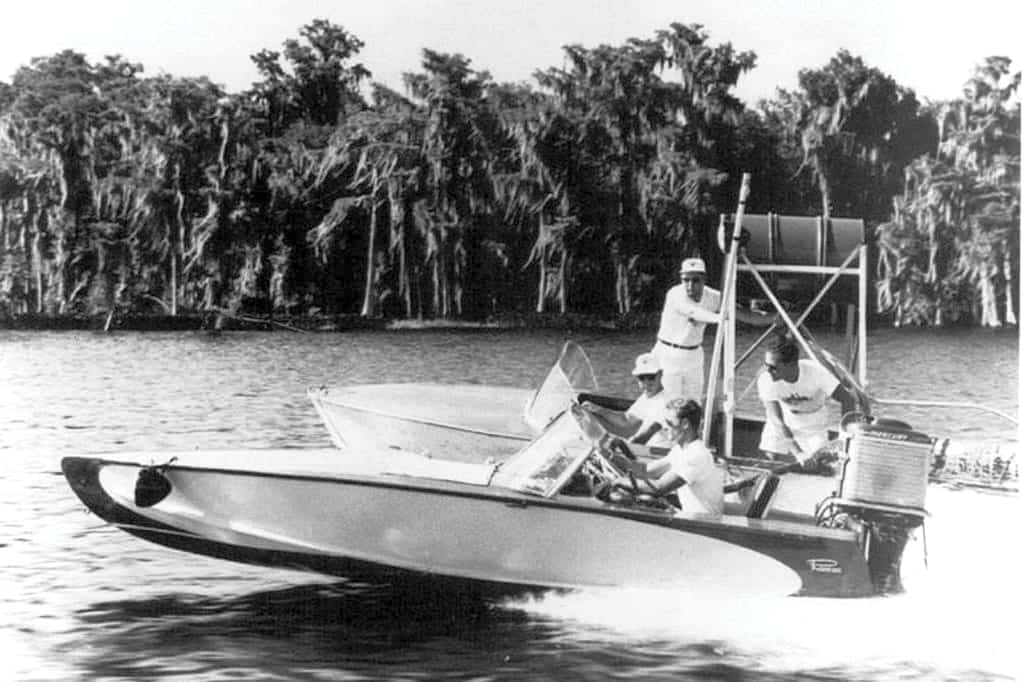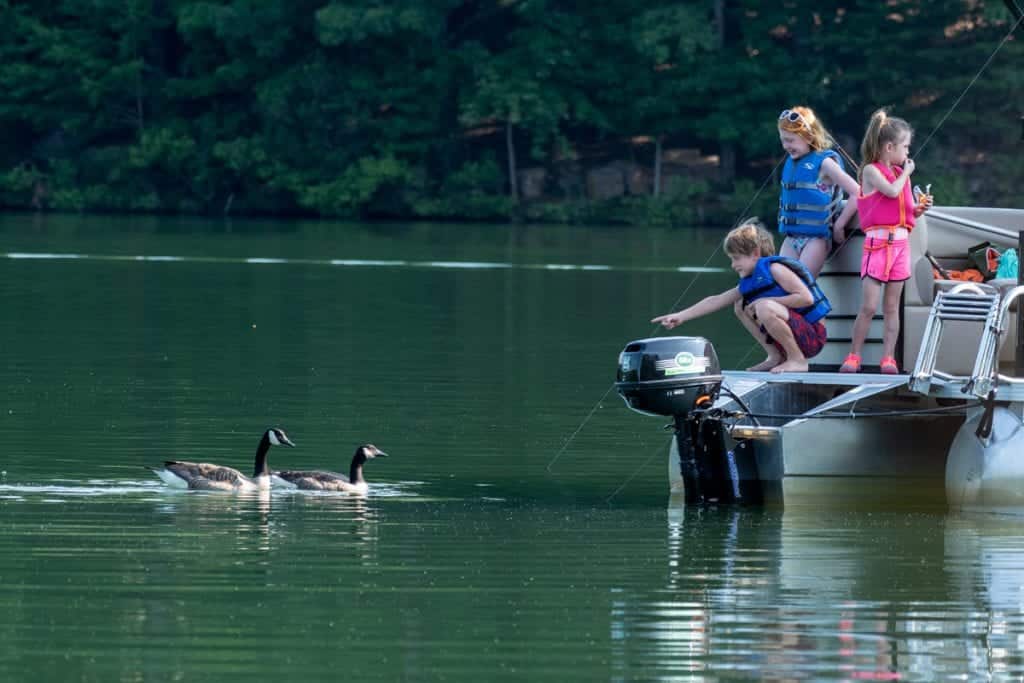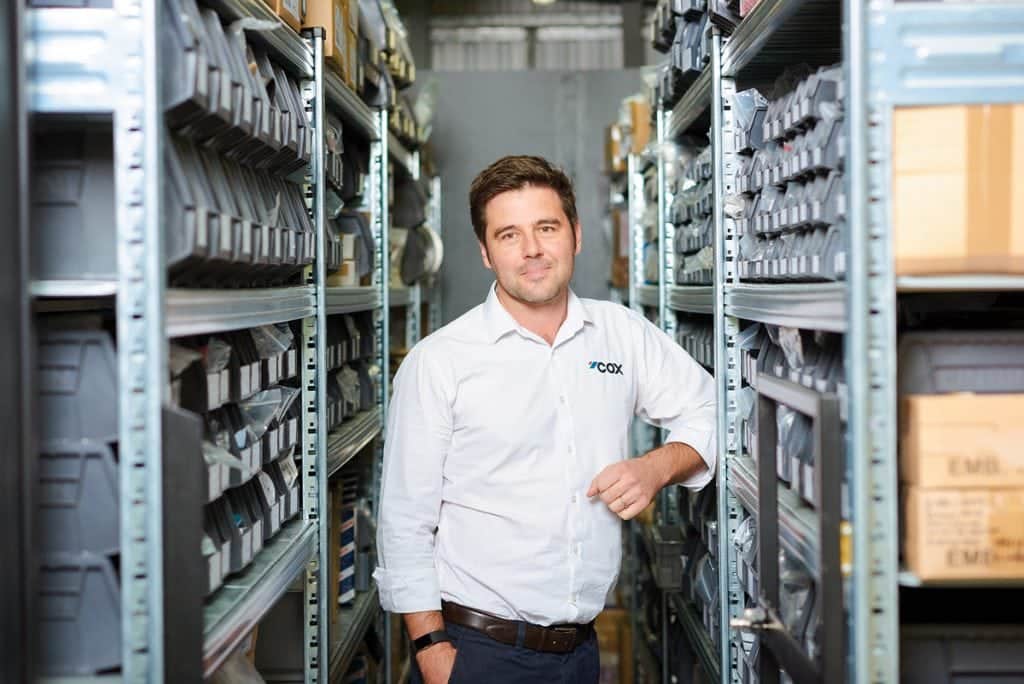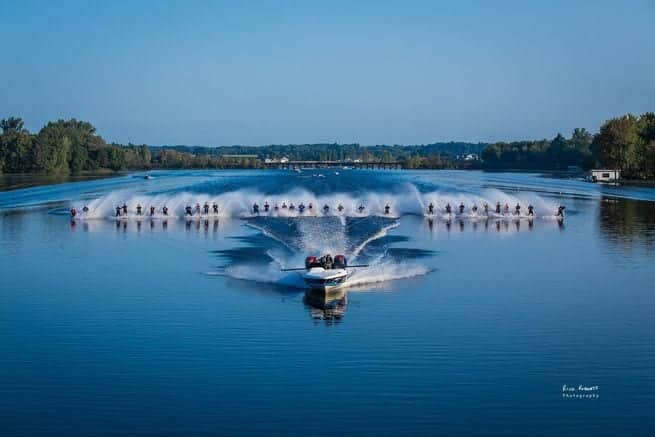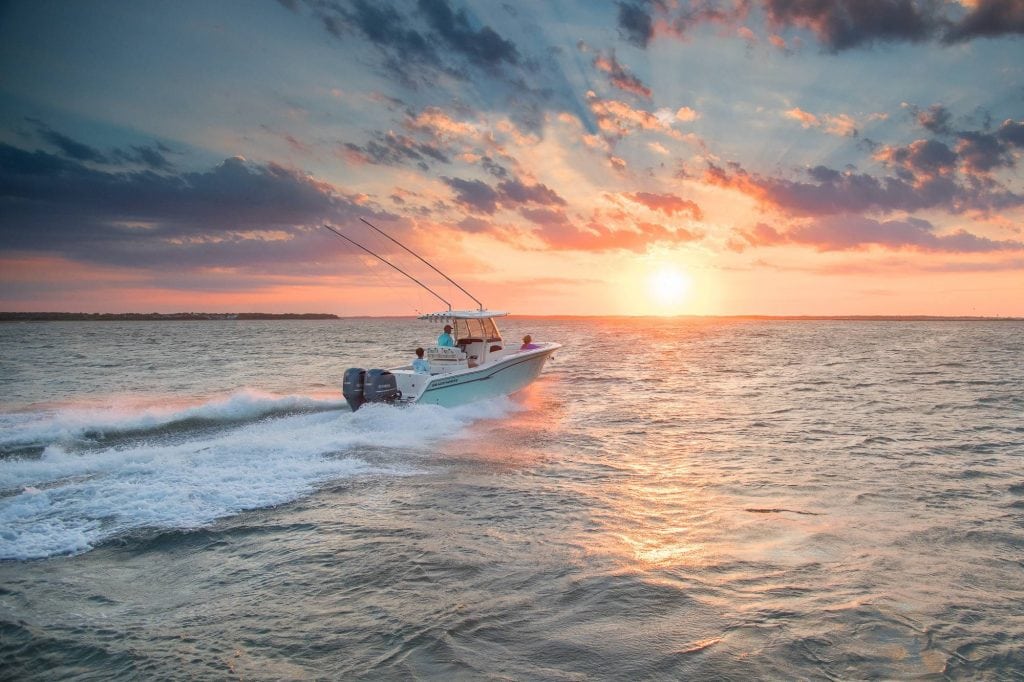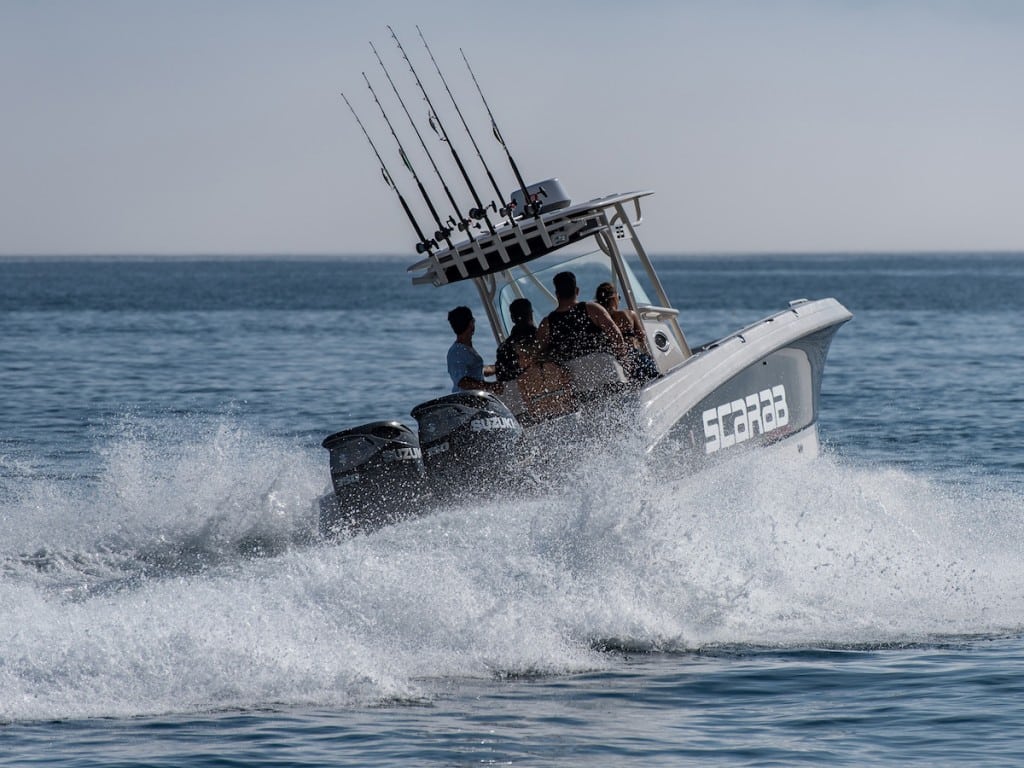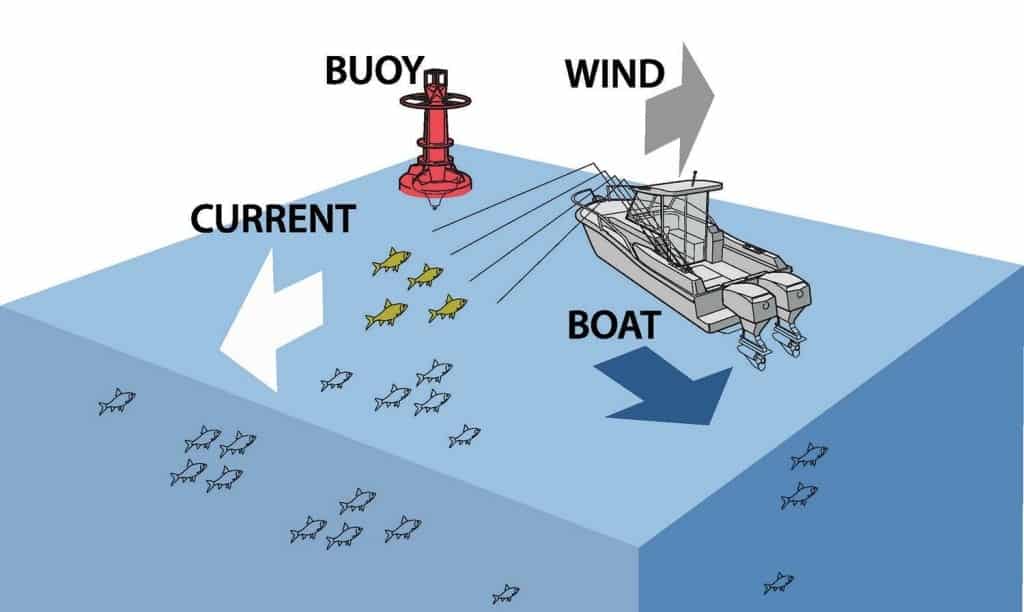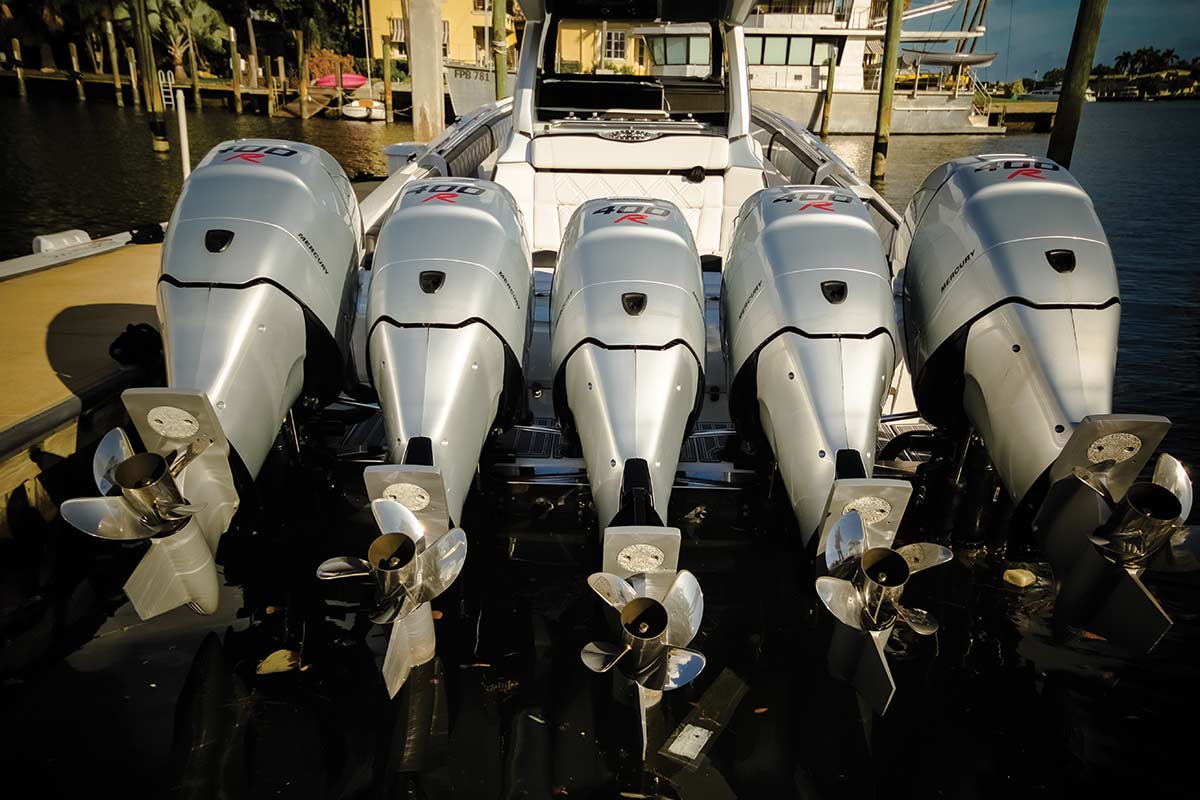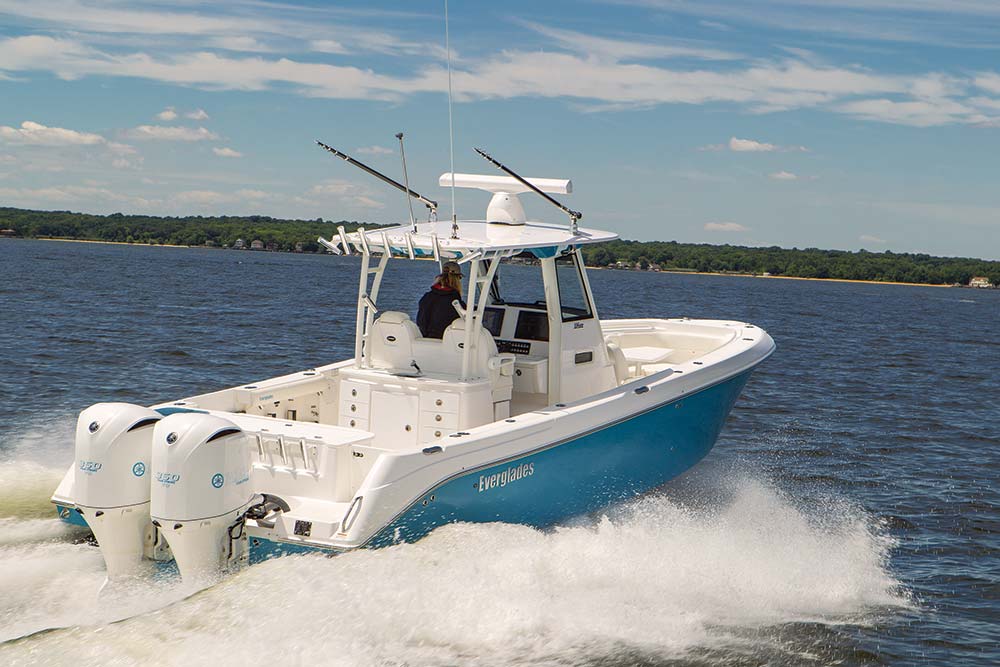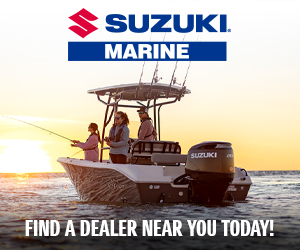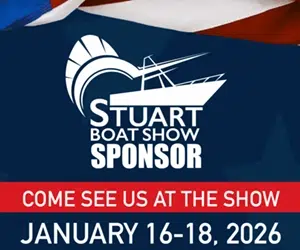Outboards
Outboards are the most popular type of boat engine. Some center consoles can boast five outboard engines—meaning that the market for these is growing, but so is the upkeep. Be it one outboard or five, Southern Boating provides tips, tricks and general information on this widely used type of engine.
Yamaha 425-hp XTO
Yamaha 425-hp XTO Yamaha’s 425-hp XTO ushers in a new era of power for outboards. More than a dozen years...
Read moreDetailsSeven Marine and Volvo Penta Partnership
Seven Marine and Volvo Penta Partnership A Seven Marine and Volvo Penta Partnership means outboards with an IPS joystick and big...
Read moreDetailsHow To Improve Your Prop Performance
How To Improve Your Prop Performance Check other factors before you blame the prop. Here's how to improve your prop...
Read moreDetailsMercury Debuts 400 HP Outboard
Mercury Debuts 400 HP Outboard A storied history and a technological future lead Mercury Marine to introduce two equally exciting...
Read moreDetailsElco Electric Motoryachts
Elco Electric Motoryachts Is There an Electric Outboard in Your Future? Given the dire warnings about climate change, in the...
Read moreDetailsCox Diesel Outboard: CXO300
A new Diesel Outboard from Cox Powertrain is a real game changer. Introducing the Cox Diesel Outboard CXO300. Several years...
Read moreDetailsNew Outboard Models
If the get-up-and-go in your outboards got up and went and never returned, it's time to consider new power. So...
Read moreDetailsTilt and Trim Troubleshooting
Tilt and Trim troubles? Here are some top tips for tilt and trim troubleshooting.The time you most appreciate your motor’s...
Read moreDetailsBarefoot World Record
Will this video of the Barefoot World Record be the most ridiculous thing you see today? It's very possible. Evinrude...
Read moreDetailsWeight Distribution
It's all a matter of balance. Proper boat design is the result of combining optimum stability with a favorable weight distribution....
Read moreDetailsDavis Instruments Stabilizer
Boost performance in any vessel with Davis Instruments Stabilizer Whale Tail XL. Designed for all types of boats, the aluminum stabilizer, and...
Read moreDetailsNew Suzuki Outboard
Suzuki Goes All Outboard The newest Suzuki Outboard features innovative contra-rotating propellers and more exclusive features. Suzuki Marine, a leader in...
Read moreDetailsSteady On Sportfishing
New technology can keep your outboard-powered boat stationary with safety and angling benefits. Sportfishing is a hit-or-miss proposition—you drop a...
Read moreDetailsBest Outboard Warranty
Looking for the best outboard warranty for your boat? Many outboard-powered boat owners stick with the same brand of power when...
Read moreDetails2016 Yamaha Outboards: Bigger, Faster, Better
Marine press preview Yamaha’s impressive and progressive new products. It was a fast couple of days. Very fast, in fact....
Read moreDetails

